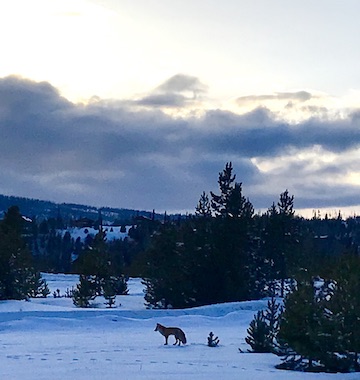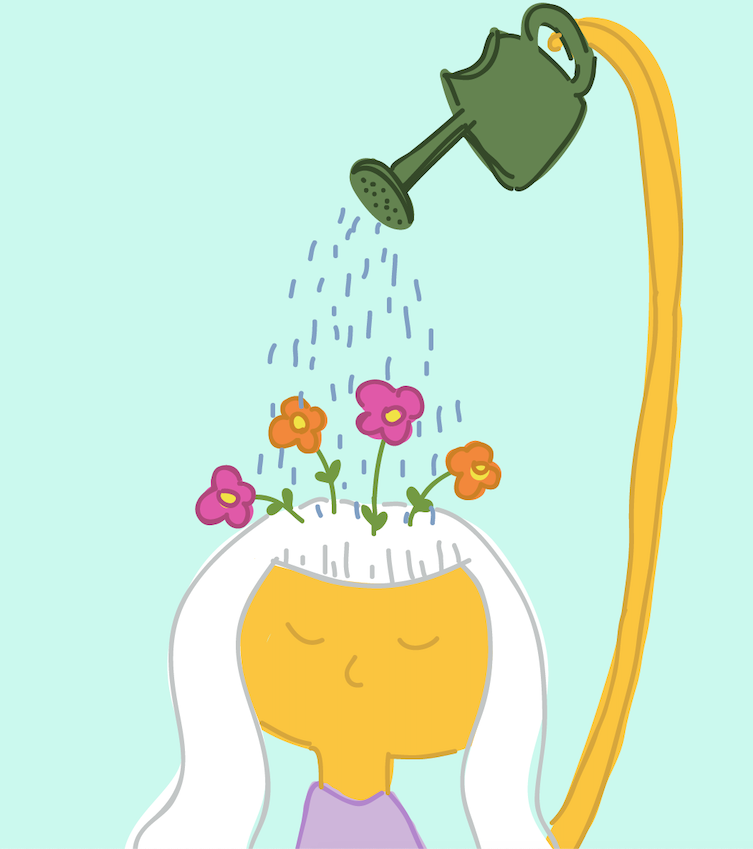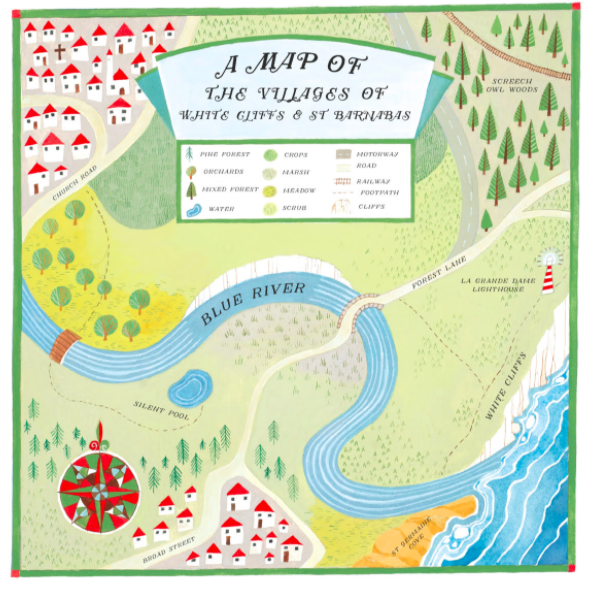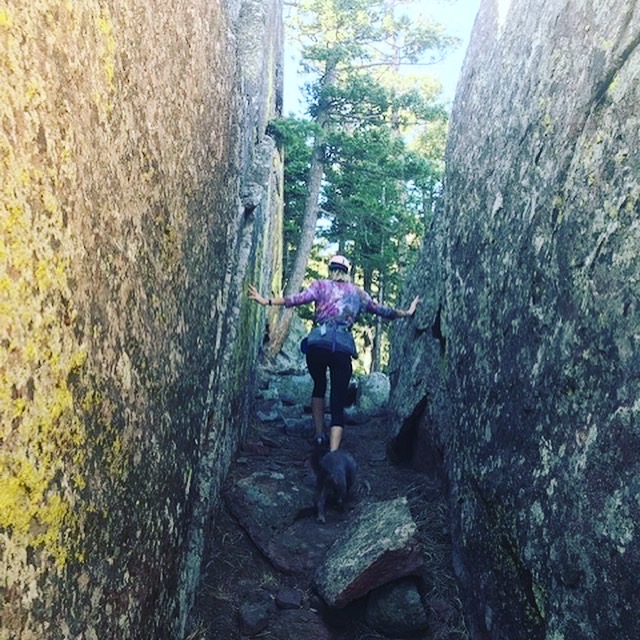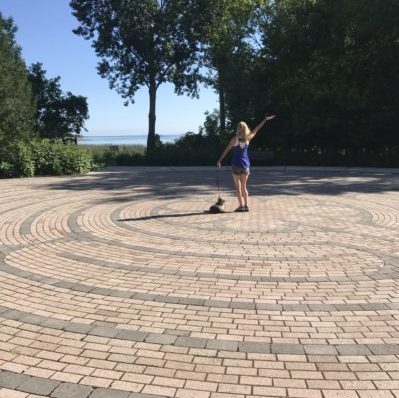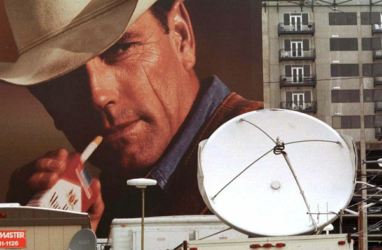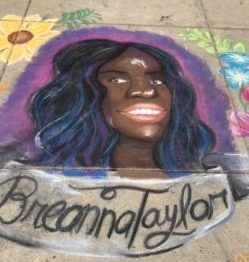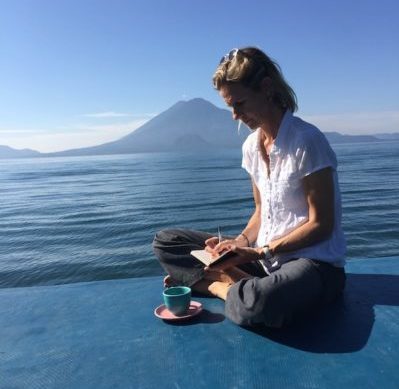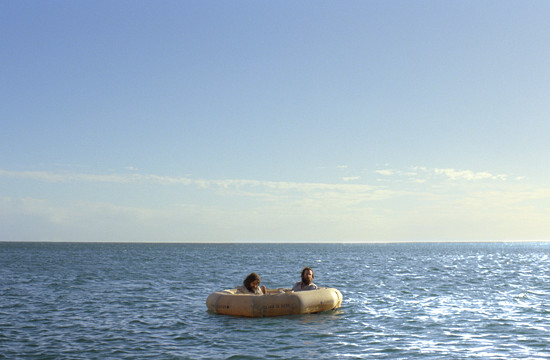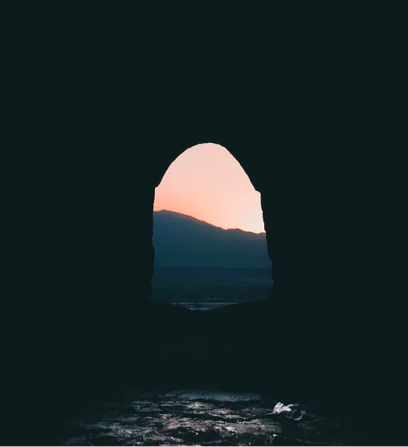What is the most radical response to despair?
Last night, I didn’t sleep much. I was cycling through feelings of sadness and anger at the stupidity of another mass shooting, this time in my hometown of Boulder, CO. Ten people died, including a police officer. As I write this, I still don’t know the victims’ names. What if we lost a teacher or a friend who was just trying to buy her groceries? (Take Action Here)
Luckily, we are not at home. On spring vacation, we’re staying at a YMCA in the mountains, here to x-country ski and rest. We are safe, but rest is hard to come by. Hazel, in tears, keeps asking, “Why would someone do that?” and “How can we play when others are hurting?”
I stumbled through an answer when we went for a walk, “We may never know why. And it’s okay to feel deep sadness for the victims’ families and to play in the sunshine, at the same time. Play just might bring balance back to this world.”
We discovered a small chapel on the property. We walked in and knelt awkwardly before an empty altar, beneath a simple, stained-glass window. I remembered that in a few days, it would be the anniversary of my friend Lisa’s death.
Hazel and I cobbled together a prayer for all the families of the victims, for Lisa, for the living who are sad and scared. It all felt too much. My friend Katherine texted me this poem,
“I am in need of music that would flow
Over my fretful, feeling finger-tips
Over my bitter-tainted, trembling lips,
With melody, deep, clear, and liquid slow…” -Elizabeth Bishop, “Sonnet” (1928)
Then, outside, Hazel spotted a fox running toward us. The fox was so light on the fresh snow, it looked as if it were floating. When the fox saw our little dog, it stopped. It sat down. It looked like it was trying to decide if we were bad or good.
“Yes, we’re capable of the most awful atrocities…
we (also) have a fantastic capacity for goodness.”–Archbishop Desmond Tutu
Before the fox could decide, a car drove by. It turned and floated away, its thick red tail waving like a flag.
We went looking for solace and found it in wildness.
I also found it in the back of the car: Easter candy and plastic eggs that I bought last week.
While my family slept last night, I hid plastic eggs filled with candy everywhere in our motel room. On lamp-tops, under folded towels, in the mini fridge, between the covers of a book, in boots and socks, and tucked gently into pockets.
Cole woke up when he rolled over and broke a plastic egg in his bed.
Half-asleep, he asked, “What’s going on?”
“Easter came two weeks early. At least the egg hunt part,” I said.
“Why?”
“Because we need to be on the hunt for goodness today.”
The kids, now giant teenagers, crawled all over the room, and all over us, looking for eggs. They let out satisfied sighs when they found them. The best music was hearing them laugh.
Sometimes, I get too caught up in the statistics and the dark truths of living and dying. But today I am a little jacked up on too little sleep and too much candy. I feel more determined than ever to celebrate what we have and to be on the hunt for goodness.
Our kids need our help to see the good in the world. Too many of them are struggling to see it.
That doesn’t mean we have to turn our backs on the atrocities. It means we double down on action. We discipline ourselves to uncover the beauty and the compassion around us. We make it visible. We say it aloud: “See the way young people were helping older people get to safety in the grocery store? People who did not know each other at all?”
“Listen. Did you hear that our neighbors are sitting with victims, holding space for them to grieve? And Colorado moms are taking action to end gun violence forever?”
“Look! Over here, see the fox and the snow falling on the steady pines?”
We have to work to find the beauty. To make beauty, too. It might be the most radical response to despair.
How am I right now? Awake, safe, sad, angry, and grateful. The kids are wired on sugar. In a minute we’ll head out into the woods on a hunt for goodness. We’ll look for moose sign, fox tracks, and acrobatic starlings, while holding you all in our hearts.
Once restored, we’ll go back to Boulder and take the baton from our exhausted neighbors. We’ll show up, pitch in, and do our best to make sure lives were not lost for nothing. #BoulderStrong
Love,
Susie
Take Action:

